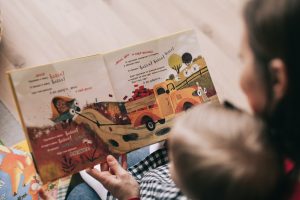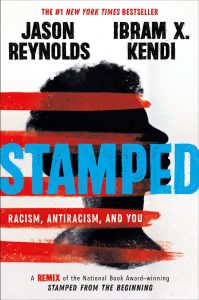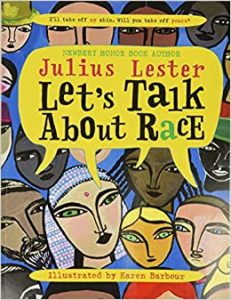 The issue of racism in children’s literature has been brought to the forefront by the announcement of Dr. Seuss’s estate that they will no longer be allowing the reprint of 6 titles because of racist stereotypes they contain.
The issue of racism in children’s literature has been brought to the forefront by the announcement of Dr. Seuss’s estate that they will no longer be allowing the reprint of 6 titles because of racist stereotypes they contain.
We understand that announcements like this can be upsetting, especially when what is being challenged is classics we ourselves loved as children. It can feel like an attack on us personally, or a judgement on our character.
However, what is important to remember is that everyone wants to do what they feel is good, and to not cause harm to others, even if it is passive harm - like buying a book that depicts racist stereotypes against others. The decision to pull these books from the reprint cycle is rooted in the idea that it is less harmful to people to not have these books printed and profited from.
This is a complex issue that can be difficult to articulate to yourself, let alone a child. We have a few suggestions that could help you when you come across racism or other troubling material when reading with your children.
- Don’t ignore it.
Don’t gloss over problematic topics when you read with your kids. Stop and talk about what is wrong and why. Discuss how it makes you feel, other examples you have come across at school, on TV, etc., and what part you can play in stopping racism from continuing. Not discussing racism with your kids can seem like a neutral stance, but it can actually serve as passive acceptance of racism. It’s best if your kids hear it from you first!
- Be prepared for hard questions.
Depictions of race are not always clear or obvious. Especially in classic titles, racialized characters are often depicted with a confusing mix of the bad and the good. You might notice something is wrong based on your feelings, even before you know exactly what is making you uncomfortable. Notice those sensations even if you’re unsure of the “why!”
- It’s ok to say “I don’t know.”
Race is complicated and nuanced. None of us has all the answers and mistakes will be made. Just like with anything else, it’s about learning from those mistakes, not giving up, and seeking continuous improvement. Especially when you are reading with children, stopping to look something up together sets a great example for your child.
- Keep a growth mindset.
Know that everyone can change how they react or behave and seek more information when you find out there is more to learn on any topic! We can emphasize everyone's capacity to grow and change to our children. Ask them who is pure good? Who is pure evil? Look for morally ambiguous or complex characters in your books. Society can also grow and change.
5. Discuss race and racism openly.
Children as young as two years old understand what race they are and have already integrated some of those stereotypes into their understanding of the world. They might not be able to articulate the ideas, but they have internalized them. Providing a safe space for your child to ask questions and explore concepts will help dismantle some of those stereotypes.
- Perceiving difference does not lead to racism.
Being “colour blind” has been shown to be just as harmful as being overtly racist as it denies the experiences of those who are racialized. Seeing that someone is different from you and seeking to understand them as a complex individual is a valuable expression of empathy.
- Read titles that show characters in everyday life – not just struggle stories.
Reading only “hero” narratives about “exceptional” people of colour sets unrealistic expectations. It would be silly to read about Geronimo Stilton and assume all mice are authors and journalists, so it would be equally silly to read only biographies of Obama and assume his story is the same for all people of colour.
It’s not just overtly racist content that is damaging. It is healthy to read about people with different life experiences than yours - it’s one way to learn or practice empathy. Reading about racialized characters doing normal things unrelated to politics, race, or racialized struggles is a well rounded approach.
- Read about how people of the past lived and saw the world.
Reading books written in a time and/or place that is distant from our own gives us a glimpse into what life was like in that time and place. It is important to our understanding of how we got where we are today. It is also important to acknowledge how we have changed and moved forward, and the ways in which we haven’t.
- Read titles that are explicitly anti-racist (both yourself and to your children)
Check out our list of antiracist titles for adults here.
And check out our list of antiracist books for kids here.



Happy reading and happy learning!


Add a comment to: Creating Teaching Moments for Your Child